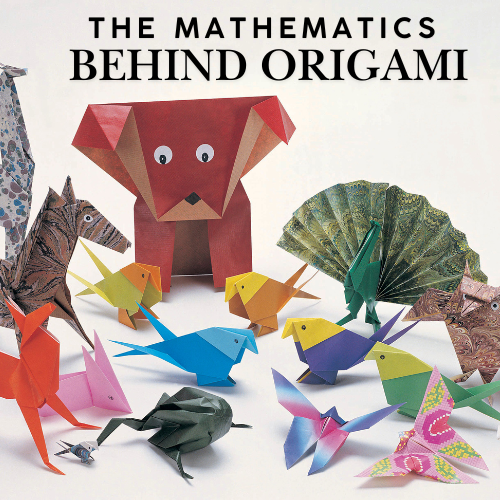1
/
of
2
Attachforever
The Mathematics Behind Origami / 10 lessons / 5-9 Years
The Mathematics Behind Origami / 10 lessons / 5-9 Years
Regular price
$150.00 CAD
Regular price
Sale price
$150.00 CAD
Unit price
/
per
Couldn't load pickup availability
Origami, the art of paper folding, is more than just a creative activity—it’s a powerful tool for teaching mathematical concepts in a fun and hands-on way. Integrating origami into STEAM (Science, Technology, Engineering, Arts, and Mathematics) education helps young learners (ages 5-8) develop spatial awareness, geometry skills, and problem-solving abilities.
1. Builds Strong Geometry Foundations
- Shapes & Angles: Kids learn about basic geometric shapes (squares, triangles) and how angles work through folding.
- Symmetry: Origami naturally introduces concepts of symmetry and reflection as children create balanced, identical shapes on both sides of a fold.
2. Enhances Spatial Awareness & Visualization
- Folding paper into 3D objects helps kids understand how flat shapes can transform into complex forms, boosting spatial reasoning.
- This skill is critical for subjects like geometry, engineering, and even coding later in life.
3. Teaches Fractions & Proportions in a Hands-On Way
- When kids fold paper in halves, quarters, or thirds, they experience fractions in a tangible form.
- Understanding proportions becomes intuitive as they see how each fold divides the paper into equal parts.
4. Encourages Problem-Solving & Critical Thinking
- Following origami instructions requires careful attention to sequence, improving logical thinking.
- If a fold doesn’t turn out right, kids learn to troubleshoot and correct mistakes, building resilience and perseverance.
5. Integrates Art with Mathematics
- Origami combines creativity with math, showing kids that art and science are interconnected.
- Designing their own origami models fosters innovation and exploration of geometric concepts.
6. Improves Fine Motor Skills & Focus
- Folding paper precisely enhances hand-eye coordination and fine motor control.
- The step-by-step process helps improve concentration and patience.
7. Makes Math Fun & Accessible
- Origami transforms abstract math concepts into playful, engaging activities that kids enjoy.
- It provides a break from traditional learning while still reinforcing core mathematical ideas.
Real-World Applications
- Origami principles are used in engineering (foldable structures, space technology), medical devices, and even robotics. Introducing these ideas early can inspire future careers in STEAM fields.
Share




